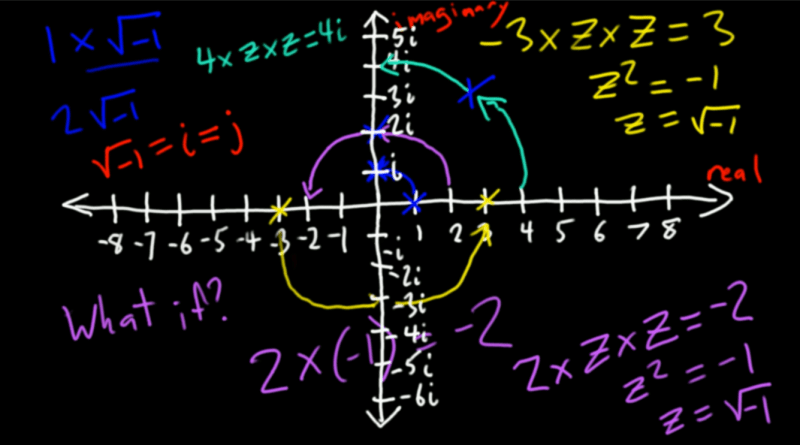If you’re just getting into software-defined radio (SDR) but you find some of the math and/or terminology a bit of hurdle, you could absolutely do worse than to check out these SDR tutorials by [Michael Ossmann]. While they’re aimed at people using his HackRF One tool (which we love), most of the tutorial videos are very generally applicable, and we realized that we hadn’t mentioned them explicitly before. Shame on us!
Ossmann focuses on SDR using the open-source GNURadio Companion GUI tool, which makes implementing a lot of cool SDR techniques as easy as dragging and dropping items into a flow diagram. If you want an overview of GNURadio or SDR in general, these videos are a must-watch.
In particular, we loved his entries on complex numbers and complex numbers in DSP because he goes through the whole rationale behind using imaginary numbers in radio work with a graphical presentation that helps add rationale to the otherwise slightly spooky math. Heck, watch these two even if you’re not interested in radio.
The newest entry, covering DSP filters includes a great hands-on introduction to finite impulse response (moving average) digital filters. We really like the practical, simulation-based approach presented in the video — it’s just perfect for a quick introduction.
So if you’re looking for a relatively painless way to get into SDR, grab yourself an RTL-SDR dongle, burn yourself a GNURadio Live DVD, and work through these videos.
















The link at the bottom of the article points to an outdated version of the LiveDVD Wiki Page (whyever), please use https://gnuradio.org/redmine/projects/gnuradio/wiki/GNURadioLiveDVD
By the way, also works great on USB sticks (not only DVDs).
Strange, and fixed. Thanks.
And I absolutely second the USB stick — that’s where I’ve got mine installed.
I’d also like to point to the GNU Radio guided tutorials,
https://gnuradio.org/redmine/projects/gnuradio/wiki/Guided_Tutorials
, which should be the entry point for anyone wanting to dig deeper into GNU Radio. Following these is a good idea, because there’s an active team of core devs behind them, keeping them up-to-date, and they (in my opinion) are didactically sound. You don’t need ANY hardware to follow them, up to the point where you learn how to use RF hardware instead of prerecorded or generated signals or your sound card.
“we loved his entries on complex numbers and complex numbers in DSP because he goes through the whole rationale behind using imaginary numbers in radio work with a graphical presentation that helps add rationale to the otherwise slightly spooky math.” Now that is a complex sentence. Does it have rationale or imagination?
No, but if you put it besides itself, it tends to be negative.
“The newest entry, covering DSP filters includes a great hands-on introduction to finite impulse response (moving average) digital filters.”
A moving-average (e.g., boxcar) filter is but ONE type if FIR filter; all FIR filters are NOT moving-average filters. Or perhaps you meant to say the SPECIFIC tutorial mentioned in the post deals only with a boxcar filter example?
I met Michael a couple of years back at HITB Amsterdam. he was really friendly and took about 20 mins to give me pointers on KiCAD and pcb design. I’ve been wanting to get into GNU radio for a good while now. I’ll certainly be following this up.